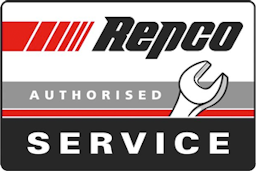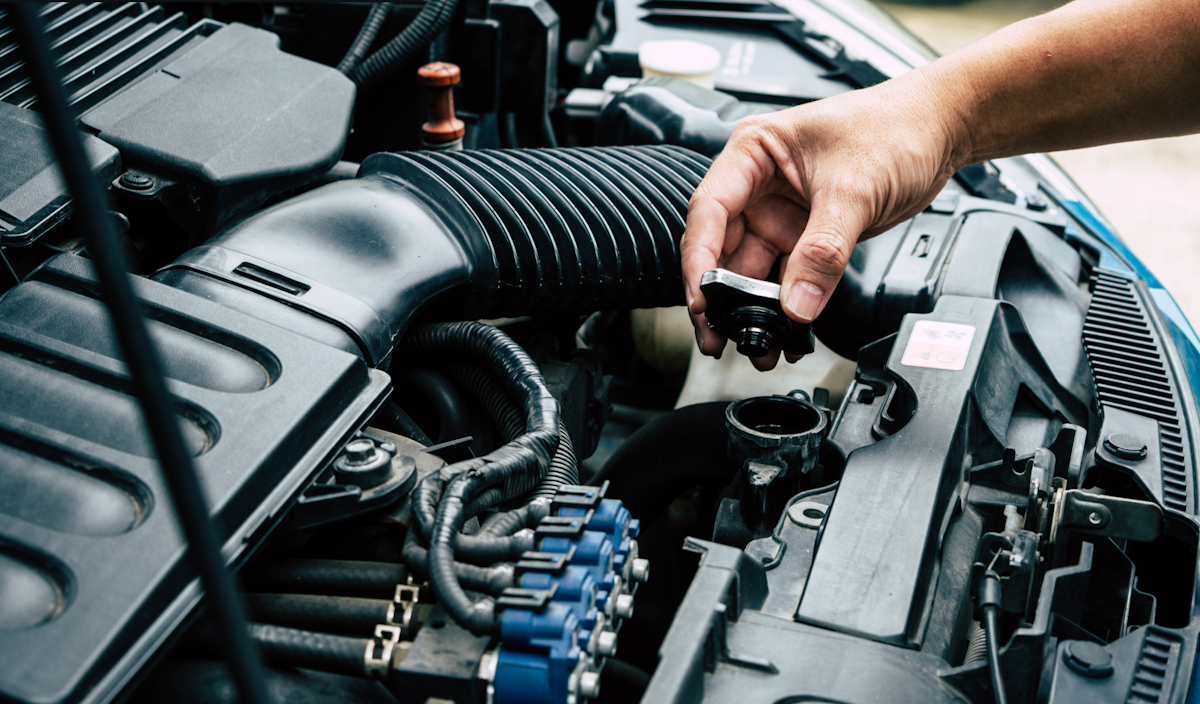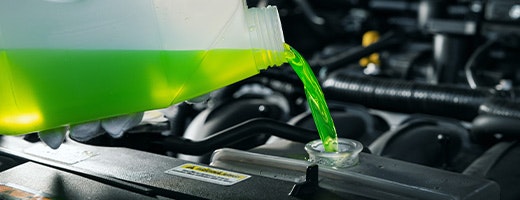Cooling System Maintenance
To ensure your vehicle’s cooling system remains fully functional, it’s essential to inspect not just the radiator but other key components that work together to regulate engine temperature. Each part plays a critical role, and neglecting any one of them could lead to reduced performance or costly breakdowns.
Firstly, the coolant itself needs regular attention. Over time, coolant can degrade or become contaminated, which reduces its effectiveness in transferring heat and preventing corrosion. Ensuring the correct coolant type is used and replacing it at manufacturer-recommended intervals is essential for maintaining optimal performance.
The thermostat is another vital component to check. This small yet crucial device controls the flow of coolant between the engine and the radiator. If the thermostat becomes stuck—whether open or closed—it can lead to overheating or undercooling. Regular inspection and replacement, when necessary, can prevent these issues.
The water pump is responsible for circulating coolant throughout the engine and radiator. A failing water pump can hinder this flow, causing overheating. Look out for warning signs like leaks around the pump, unusual noises, or rising engine temperatures, and replace the pump promptly if needed.
The cooling fan and its associated components also warrant attention. The fan assists in drawing air through the radiator to help cool the engine, especially when the vehicle is stationary or moving at low speeds. Damaged blades, worn fan belts, or electrical issues can compromise its effectiveness, so these should be checked during routine maintenance.
Hoses and seals are common areas of wear in the cooling system. Over time, hoses can crack, split, or deteriorate, while seals can weaken and cause leaks. Inspecting these for signs of wear or damage and replacing them as needed ensures the system remains leak-free and maintains proper pressure.
The radiator cap is often overlooked but plays an important role in maintaining the correct pressure within the cooling system. A faulty cap can lead to coolant loss or reduced pressure, both of which can affect cooling efficiency. Replacing a damaged or worn cap is a simple but effective way to prevent issues.
Finally, it’s worth inspecting for airlocks in the cooling system, as trapped air can disrupt the flow of coolant and lead to overheating. Bleeding the system during maintenance ensures proper circulation and avoids unnecessary strain on components.
By thoroughly inspecting all parts of the cooling system—radiator, coolant, thermostat, water pump, fan, hoses, seals, and radiator cap—you can ensure your vehicle runs smoothly and efficiently. Regular maintenance of these components not only enhances engine performance but also reduces the risk of unexpected repairs, keeping your vehicle on the road for longer.







